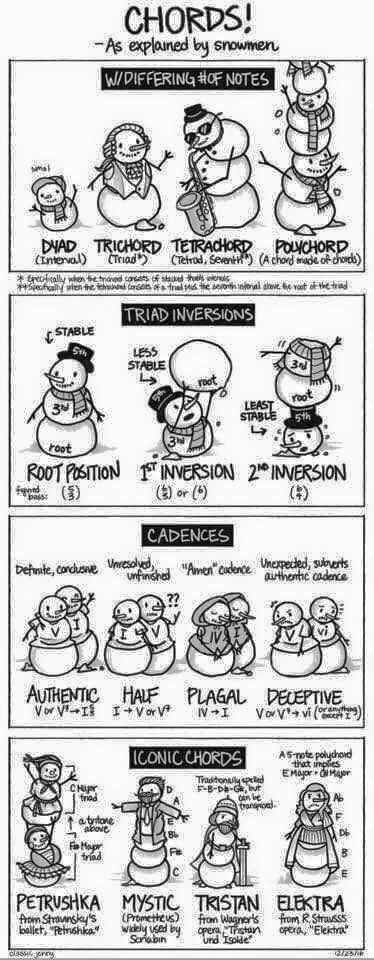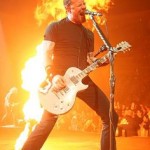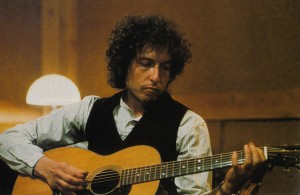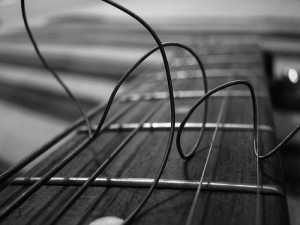
Breaking strings is only a matter of time; you play enough, and it’s going to happen. I’ve personally been playing so long that it has not only happened in personal practice, but also at rehearsal, an audition, during a lesson, and even a live gig. Play long enough and this will likely happen to you too. Truth be told, it sucks to break a string. They’re expensive, it can throw the guitar out of tune, and it usually means you have to change the whole set (nobody likes 5 dull strings and one bright one!). There is a silver lining here though as breaking a string can be used to your advantage.
Personal Practice
If you’re going to break a string, this is the ideal place for it to happen. If, or when, you break a string, don’t change your strings right away. Adjust your tuning because you’ll probably have to, then start exploring the instrument with the missing string. See what happens when you play your normal scales, arpeggios and chords. It can lead you to more string skipping, single string playing, different areas of the neck, and get you to play things that you might never have thought of with a full set on. Take this opportunity to play songs that you know as well. This is especially important if you play in a band. You can learn different ways to get through songs you’ve played thousands of times and maybe even improve them a bit. It is also possible that you’ll discover that certain licks and riffs that you play will be impossible, which is also ok. Try playing the old licks on a different fret or playing something new altogether! Finally, use this opportunity to work on some songwriting. New Riffs and Licks can be easily picked up by doing this, particularly with string skipping.
Rehearsal/Audition
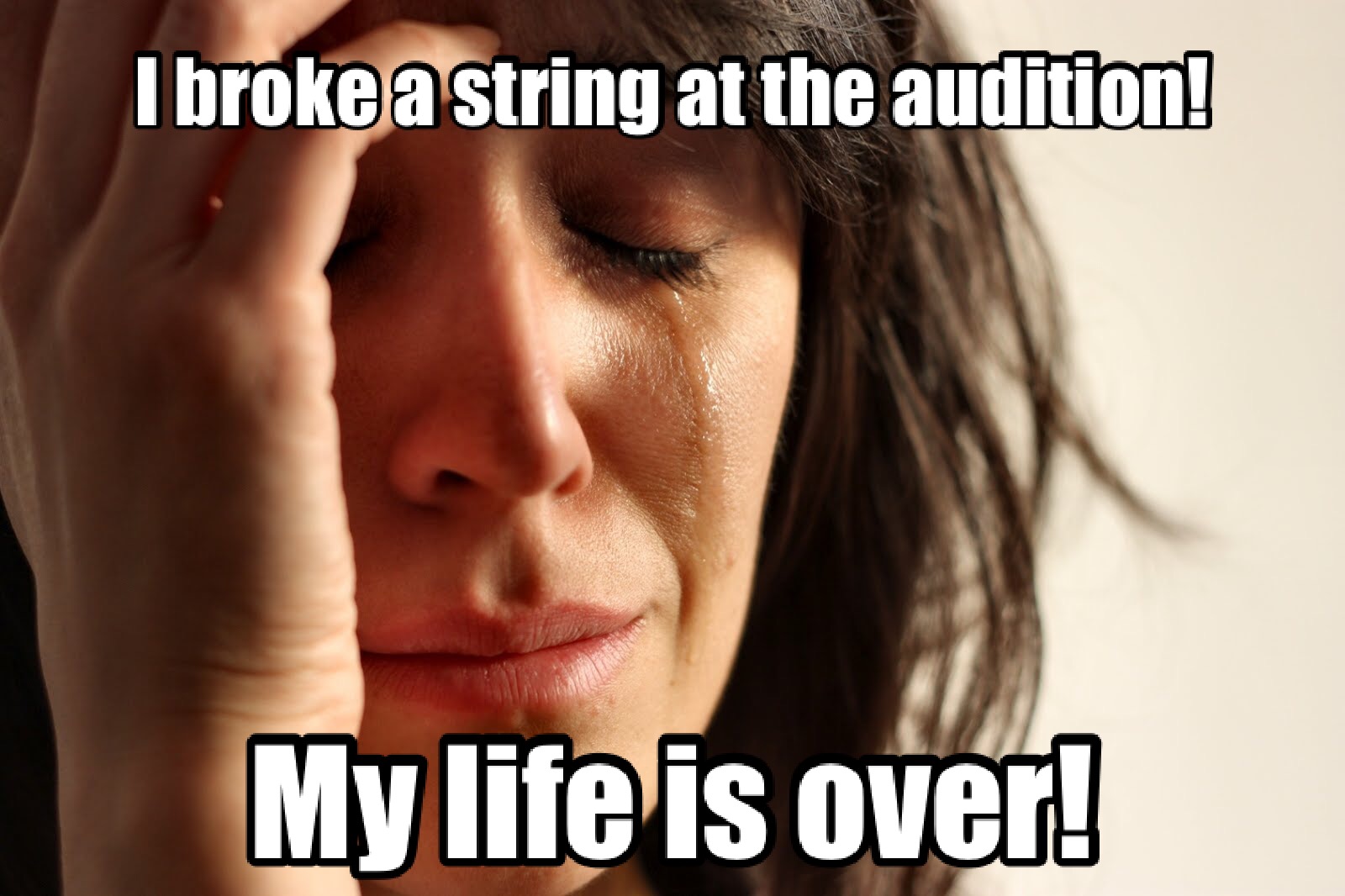
This is definitely not the appropriate response if a string is broken at an audition!
I broke a string at an audition a few years back, but I still landed the gig anyway. While it is a tough situation, it can provide a key opportunity to show who you are auditioning for that you can stay cool under pressure. If you break a string in the middle of a song and can still finish the song, it shows you can make the best of a bad situation. You probably won’t have much of a chance to experiment, unless you’re really in the zone and your bandmates are digging it (then by all means, blast away!). More than likely the best response is to grab a backup guitar or change the string and get back into the song quickly!
Gig
The nightmare scenario. Maybe you’re playing a drop D song and you break your 6th string or your 2nd string breaks right before you launch into your epic rendition of “Free Bird.” It’s a nightmare situation, but if you decide to play live, accept that it is a real possibility and if you play enough, IT WILL HAPPEN! I should mention upfront that there are some songs where you would be totally screwed if you broke the wrong string. If you are playing ambitious music, it may be crucial to have every string so you can play a song properly. In this case, you can stop the song. The audience will understand, just remember, fix the situation quickly! A good example would be if you’re playing a song where the signature part uses a lot of pulloffs/hammerons on the top two strings. If you break the 1st string, it’s probably best to stop. If you break a string and think you can finish, fine. Would you want to attempt playing “Cliffs of Dover” without your 3rd string? Me neither.
Ok, with the warning out of the way, a lot of songs can be played or altered while missing a string, and you should consider the possibility that this could add character and life to your show. One possibility is that you break a string and nobody notices. If you get through the song without anyone noticing you broke a string, then nice job! You’ve successfully navigated your way through the situation! Grab a spare guitar or replace the string, then keep rocking!
Another possibility is that you change guitars during a break in the song or during a section where your guitar won’t be missed. Chances are, someone will notice. If you successfully navigate your way through the song with a broken string and a few audience members (or the entire audience, yikes!) notice, this will both impress and likely entertain them. Even the guitarist in the audience with his arms folded thinking he can do everything you can do blindfolded will have to give you props for that!
Last but not least, don’t dwell on it or get upset. The worst thing you can do is draw attention to yourself by freaking out or getting angry. Laugh it off. Stuff happens. Murphy’s Law dictates that whatever can go wrong, will go wrong, so have a spare guitar, take a deep breath and deal with the situation calmly.
Simulating a Broken String
You don’t have to break a string to practice playing without a string. I don’t recommend removing a perfectly good string to practice this, but an ideal time to try playing without any given string is when you have to change the whole set. The next time your strings are dull and need changing, simply remove one string, then have a practice session. While exploring the possibility of playing without a string can actually be done with all of your strings on (especially with string skipping), it does not simulate the experience of not having the string where it normally is.
So the next time you break a string, don’t despair! Seize the opportunity to explore the guitar and break out of familiar licks and riffs with your brand new 5-string hybrid guitar!




